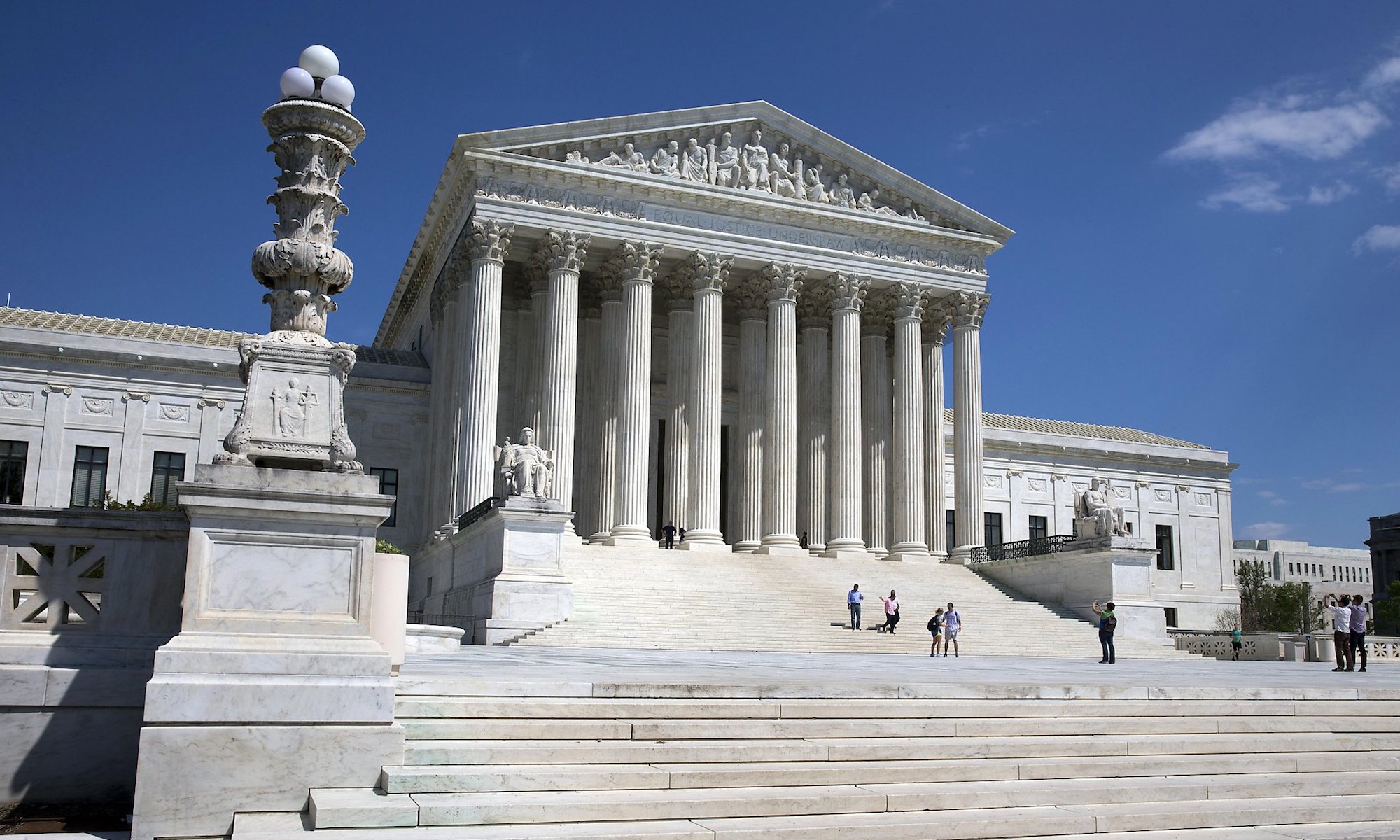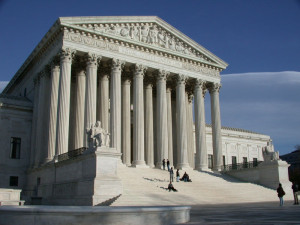On February 15, 2022, President Joe Biden announced his intent to nominate D.C. Circuit Court Judge Ketanji Brown Jackson to be an Associate Justice on the U.S. Supreme Court. Judge Jackson was born in Washington D.C., and raised in Miami, Florida. Her parents attended segregated schools in the South and both attended Historically Black Colleges and Universities. Judge Jackson graduated magna cum laude from Harvard College, then attended Harvard Law School, where she graduated cum laude and was an editor on the Harvard Law Review. After law school, Judge Jackson served as a law clerk at all three levels of the federal Judiciary, culminating in a clerkship with Justice Stephen Breyer—the very seat she has been nominated to fill. She served as a federal public defender from 2005 to 2007, representing defendants on appeal who did not have the means to afford a lawyer. Prior to serving as a judge, Judge Jackson, like Justice Breyer before her, worked on the U.S. Sentencing Commission. Judge Jackson served first as Assistant Special Counsel and then Senate-confirmed Commissioner and Vice Chair, where she focused on reducing sentencing disparities and ensuring that federal sentences were just and proportionate.
Ketanji Brown Jackson is a historic selection. She would be the first Black woman to serve on the Supreme Court, she would be just the sixth woman and fourth person of color on the Supreme Court. While currently 8 out of the 9 justices on the Supreme Court have been Circuit Court Judges, if confirmed, Judge Jackson would be just the second current justice alongside Justice Sotomayor with experience as a district court judge. Notably, Judge Jackson would also be the very first justice ever to have served as a public defender.
In this past year she was confirmed to the D.C. Circuit Court by a bipartisan vote of 53-44. Upon taking office, President Biden promised to ensure the federal bench reflected the diversity of the American people—both in terms of demographic and professional backgrounds. During Biden’s first year, he nominated the most demographically diverse set of judicial candidates in history and appointed an unprecedented number of former public defenders. If confirmed, Judge Jackson would continue this trajectory at the Supreme Court level.


 Nebraska’s chief district judge, Laurie Smith Camp, took on senior status effective December 1, 2018. The date also marked the end of her seven-year term as chief judge. Smith Camp worked for the federal court for 16 years after being nominated by President George W. Bush in 2001. Although she took on senior status, Smith announced she will maintain a full caseload pending the confirmation of her successor.
Nebraska’s chief district judge, Laurie Smith Camp, took on senior status effective December 1, 2018. The date also marked the end of her seven-year term as chief judge. Smith Camp worked for the federal court for 16 years after being nominated by President George W. Bush in 2001. Although she took on senior status, Smith announced she will maintain a full caseload pending the confirmation of her successor.

 “Mass incarceration makes our country worse off, and we need to do something about it,” President Obama said after he became the first president to visit a federal prison on July 16th, 2015. Following his excursion to El Reno Correctional Institution in El Reno, Oklahoma, President Obama has decided to place prison reform as a top priority for the remainder of his term. On a federal level, the President seeks to reform prisons and sentencing – particularly for young offenders – reduce crowding, and ensure that inmates can successfully rejoin society after release.
“Mass incarceration makes our country worse off, and we need to do something about it,” President Obama said after he became the first president to visit a federal prison on July 16th, 2015. Following his excursion to El Reno Correctional Institution in El Reno, Oklahoma, President Obama has decided to place prison reform as a top priority for the remainder of his term. On a federal level, the President seeks to reform prisons and sentencing – particularly for young offenders – reduce crowding, and ensure that inmates can successfully rejoin society after release. Before the end of June – and possibly the end of this week – the U.S. Supreme Court will rule on King v. Burwell, a case that will impact the affordability of health insurance plans under the Affordable Care Act (ACA).
Before the end of June – and possibly the end of this week – the U.S. Supreme Court will rule on King v. Burwell, a case that will impact the affordability of health insurance plans under the Affordable Care Act (ACA).